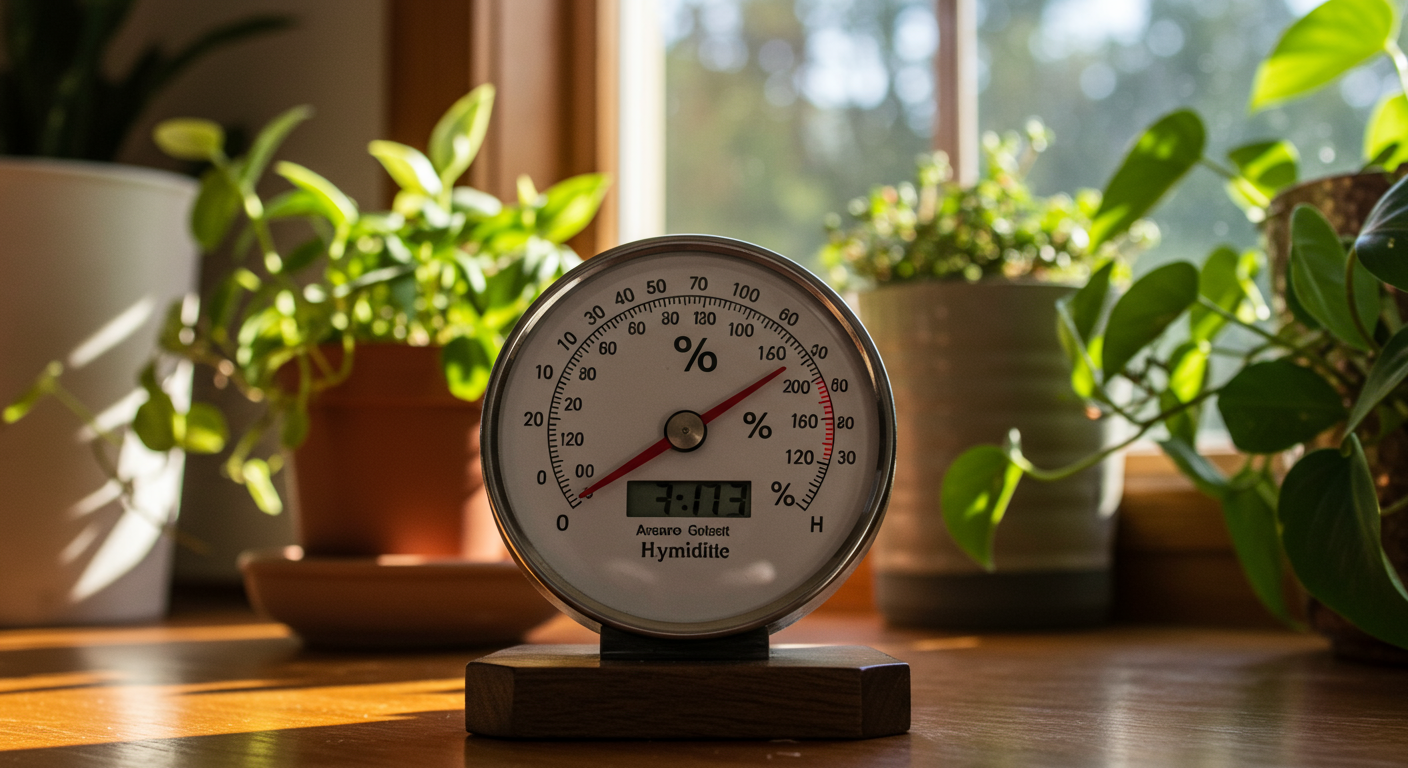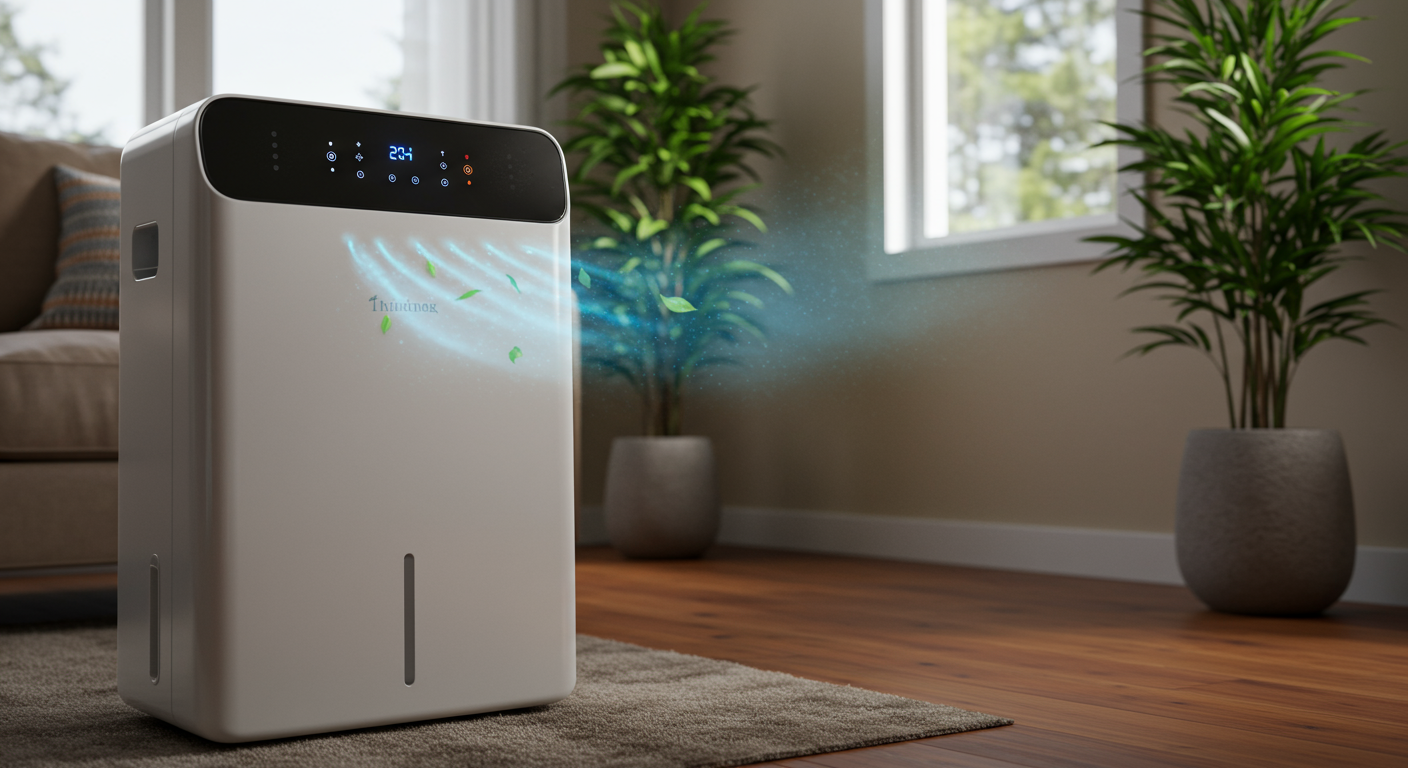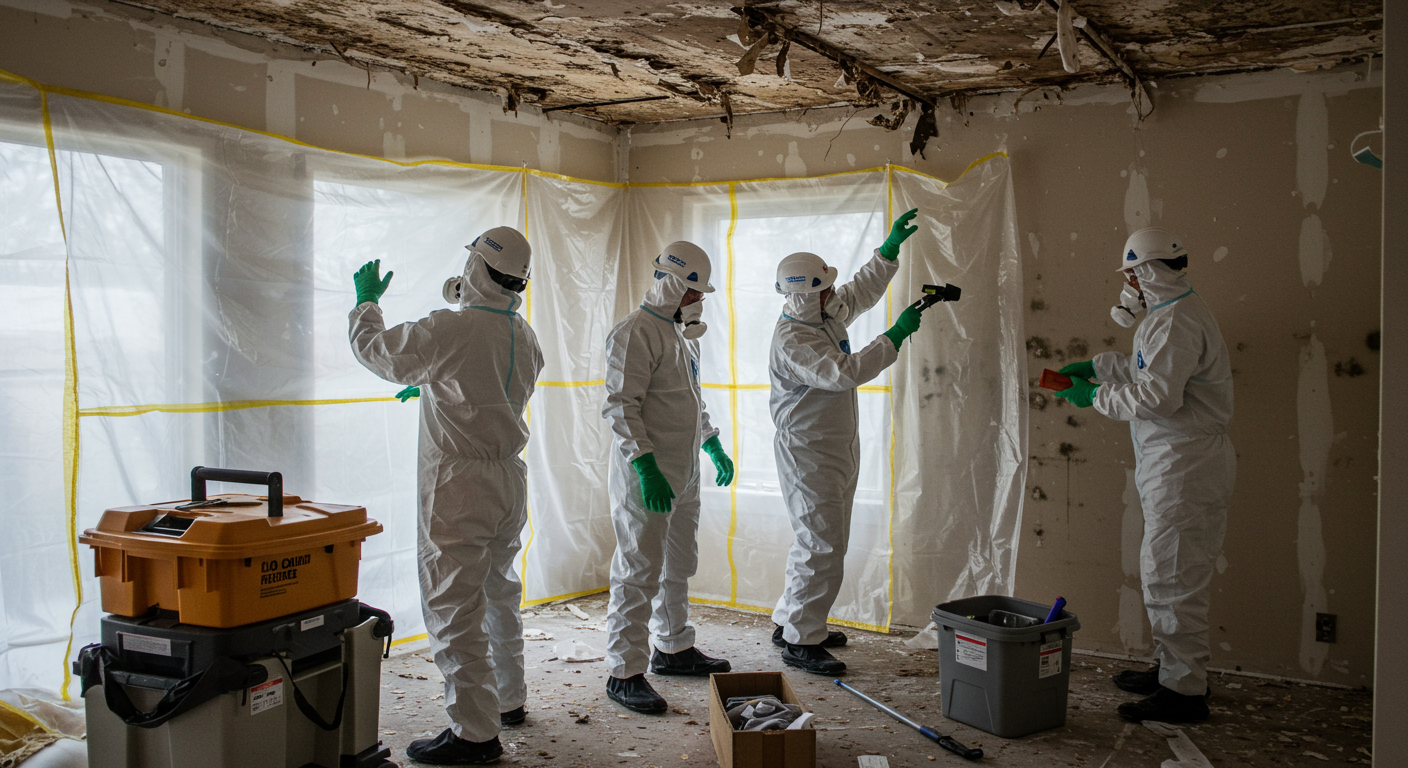Mold growth is a common concern for homeowners in Tigard, OR, where the climate often creates the perfect conditions for mold to thrive. High humidity levels, combined with damp environments, can lead to significant mold infestations that pose health risks and damage property. Understanding how humidity affects mold growth and implementing effective strategies to control it can help you maintain a mold-free home. This article explores the relationship between humidity and mold, signs of mold problems, and actionable solutions to combat mold in Tigard homes.
Understanding Mold Growth and Humidity
What is Mold and Why Does It Thrive?
Mold is a type of fungus that grows in damp, warm, and humid conditions. It reproduces through tiny spores that float in the air and settle on moist surfaces, where they begin to grow. Mold thrives in environments with poor ventilation, high humidity, and organic materials like wood, drywall, and fabrics. In Tigard, OR, the rainy climate and fluctuating indoor humidity levels create ideal conditions for mold to flourish.
Exposure to mold can lead to health issues such as allergies, respiratory problems, and skin irritation. Therefore, understanding the factors that contribute to mold growth is crucial for prevention and remediation.
The Role of Humidity in Mold Development
Humidity plays a pivotal role in mold growth. Mold requires a relative humidity level of at least 60% to grow, but it thrives best when humidity levels exceed 70%. In Tigard, where the climate is often humid, indoor spaces can easily reach these levels if not properly managed. Bathrooms, basements, and kitchens are particularly vulnerable due to their high moisture content.
Maintaining optimal humidity levels, typically between 30-50%, can significantly reduce the risk of mold growth. Using tools like hygrometers to monitor indoor humidity and addressing moisture issues promptly can help keep mold at bay.
Identifying Mold Problems in Your Home
Signs of Mold Infestation
Detecting mold early is essential to prevent it from spreading and causing further damage. Common signs of mold infestation include:
- A musty odor in certain areas of your home.
- Visible black, green, or white spots on walls, ceilings, or floors.
- Peeling or bubbling paint and wallpaper.
- Increased allergy symptoms, such as sneezing, coughing, or itchy eyes, when indoors.
If you notice any of these signs, it’s important to take immediate action to identify the source of the problem and address it effectively.
Common Areas for Mold Growth in Tigard Homes
In Tigard, homes often experience mold growth in specific areas due to the local climate. These areas include:
- Basements: Poor ventilation and high humidity make basements a prime location for mold.
- Bathrooms: Steam from showers and inadequate ventilation can lead to mold on walls, ceilings, and tiles.
- Kitchens: Leaks under sinks and around appliances can create damp conditions conducive to mold growth.
- Windowsills: Condensation on windows can lead to mold on sills and frames.
Regular inspections and maintenance of these areas can help prevent mold from taking hold.
Effective Strategies to Control Humidity
Maintaining Ideal Humidity Levels (30-50%)
Keeping indoor humidity levels within the recommended range of 30-50% is one of the most effective ways to prevent mold growth. Here are some tips to achieve this:
- Use a hygrometer to monitor humidity levels in your home.
- Open windows and doors to improve airflow and reduce moisture buildup.
- Avoid overwatering indoor plants, as excess water can increase humidity.
By maintaining optimal humidity levels, you can create an environment that is less conducive to mold growth.
Using Dehumidifiers and Ventilation Techniques
Dehumidifiers are an excellent tool for controlling indoor humidity, especially in areas prone to dampness like basements and bathrooms. Choose a dehumidifier with the appropriate capacity for your space and use it regularly to keep humidity levels in check.
In addition to dehumidifiers, proper ventilation is crucial. Install exhaust fans in bathrooms and kitchens, and ensure that your home’s HVAC system is functioning efficiently. Regularly cleaning air filters and ducts can also improve air circulation and reduce moisture buildup.

When to Seek Professional Help
Signs You Need Expert Mold Remediation
While some mold issues can be addressed with DIY solutions, there are situations where professional help is necessary. Consider contacting a mold remediation expert if you encounter the following:
- Extensive mold growth covering large areas.
- Recurring mold problems despite your efforts to control humidity.
- Mold in hard-to-reach or hidden areas, such as inside walls or under flooring.
- Health issues related to mold exposure, such as persistent allergies or respiratory problems.
Professional mold remediation services can identify the root cause of the problem, remove mold safely, and prevent future growth.
Choosing the Right Mold Removal Service in Tigard
When selecting a mold removal service in Tigard, look for companies with experience, certifications, and positive customer reviews. A reliable service provider will conduct a thorough inspection, provide a detailed remediation plan, and use safe and effective methods to eliminate mold.
For trusted solutions, you can explore Comprehensive Mold Remediation Services in Hillsboro, OR or Top Mold Removal Contractors in Portland, OR.
Conclusion
Controlling humidity is a key factor in preventing and combating mold growth in Tigard, OR. By understanding the relationship between humidity and mold, identifying potential problem areas, and implementing effective strategies, you can protect your home and health from the harmful effects of mold. Whether it’s using dehumidifiers, improving ventilation, or seeking professional help, taking proactive steps can make a significant difference in maintaining a mold-free environment. Stay vigilant, and ensure your home remains a safe and healthy space for you and your family.


